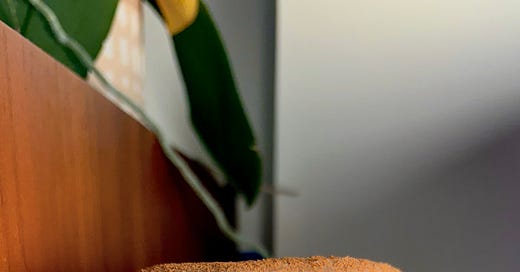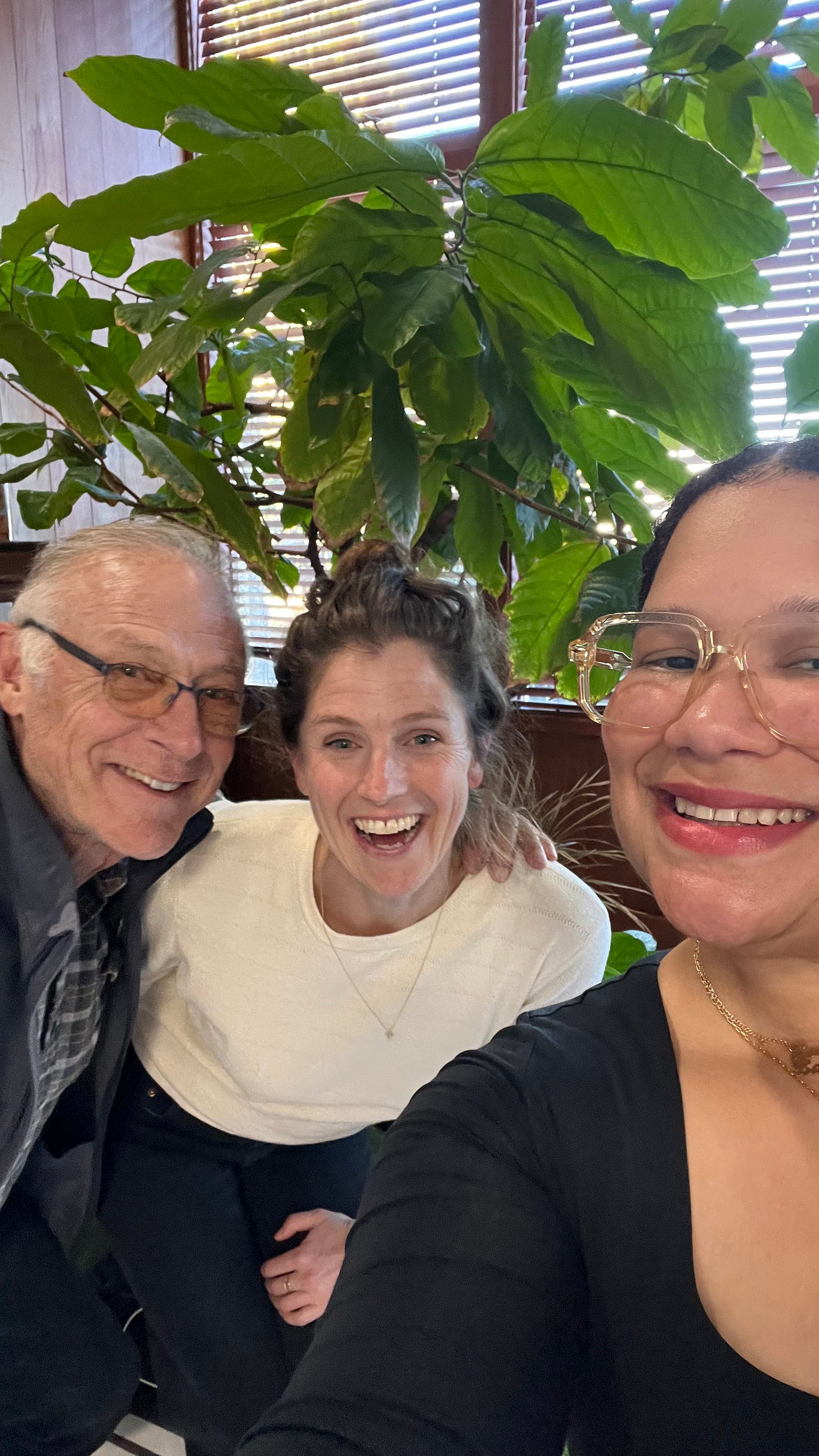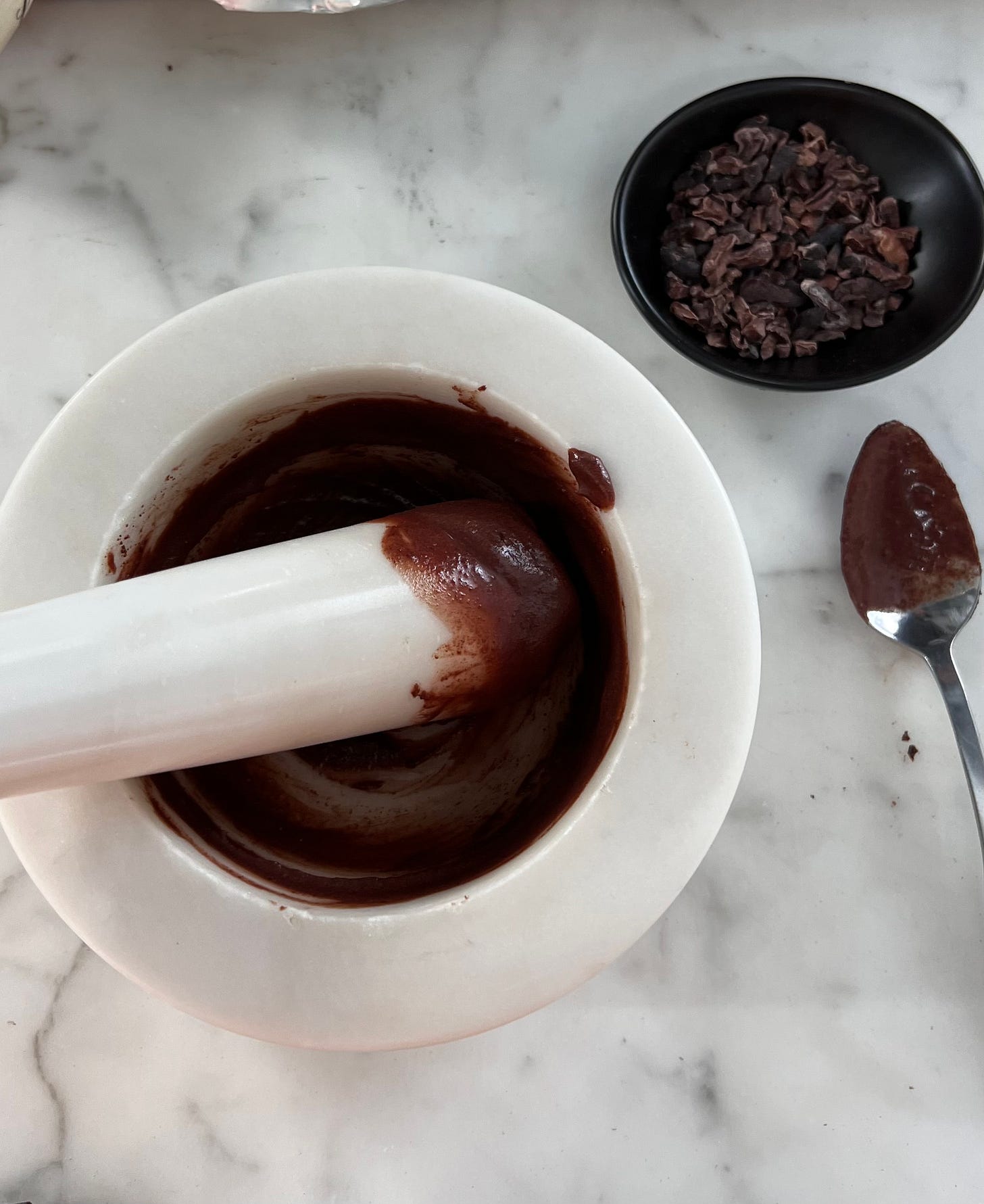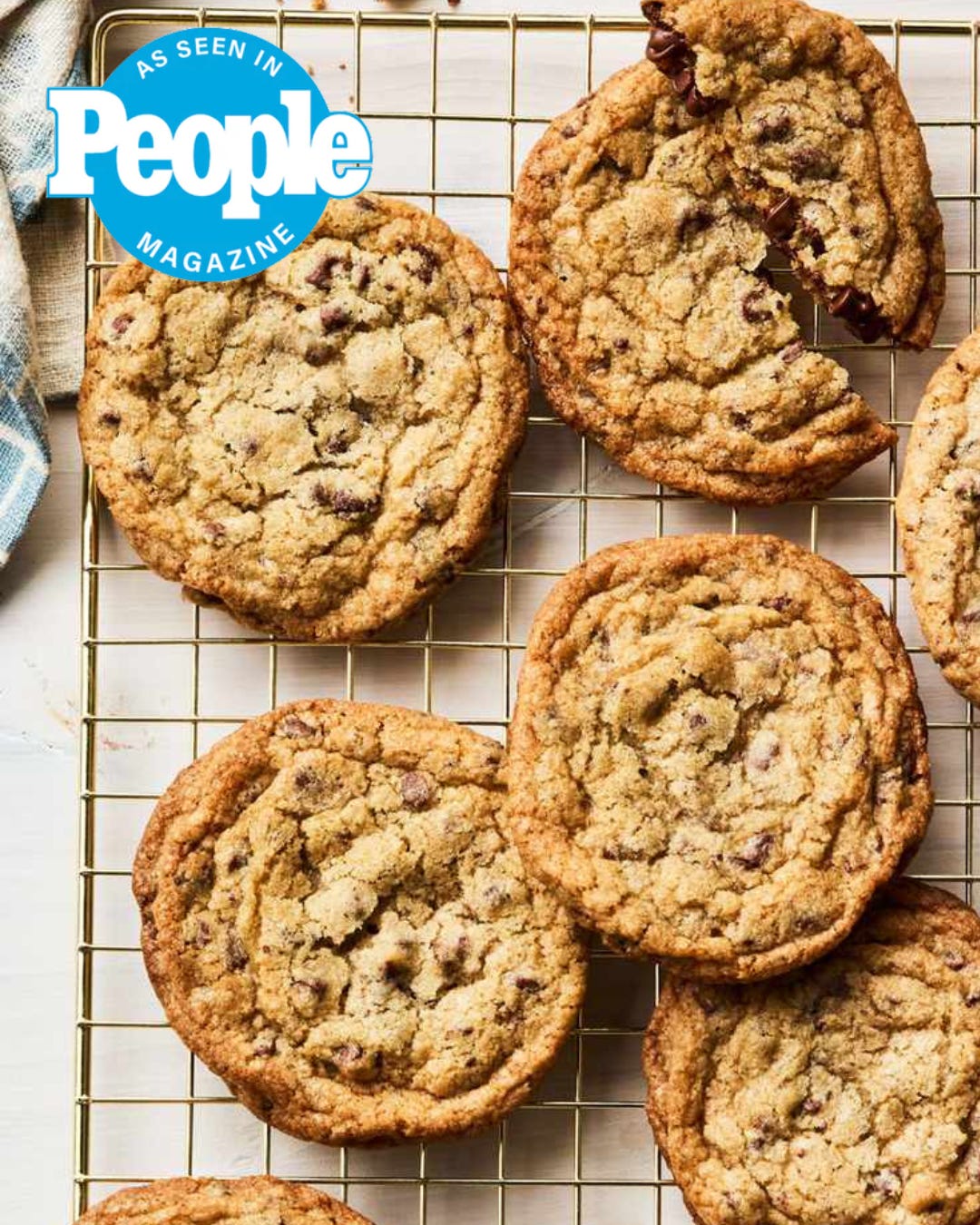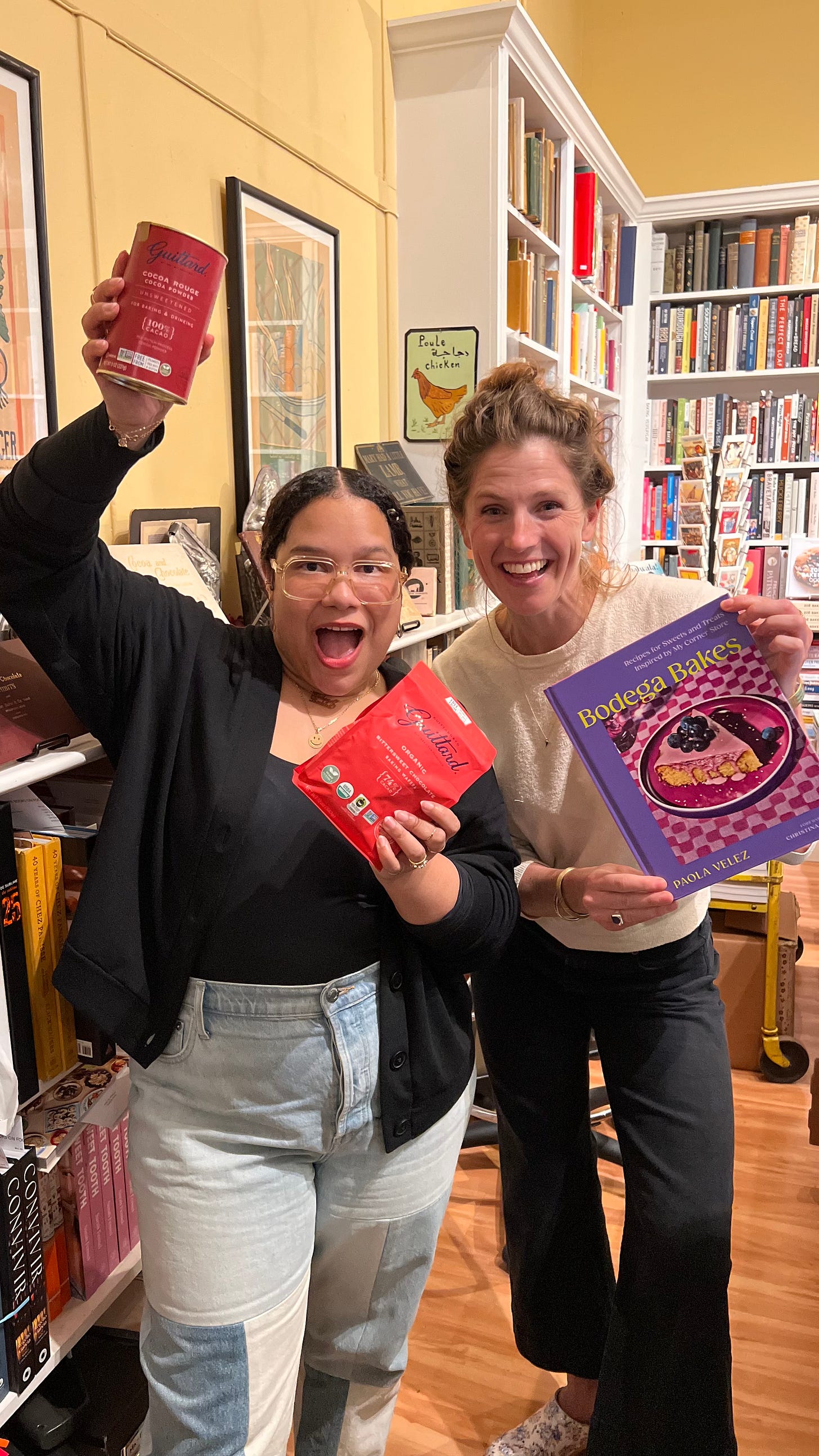Where’s the Chocolate?
Amy Guittard talks to us about how climate change is impacting the cocoa industry, and how they're working to combat these affects. Also: Steal My Recipe for Chocolate Bourbon Fizz + Cocoa Liquor
Our chocolate supply is drying up. Why aren’t we more worried about it?
As I mentioned in my last newsletter, I grew up with a cacao forest in my backyard, so I’m no stranger to the fruit and her byproducts. Over the last several decades, though, climate change, unsustainable farming practices, and labor issues have been changing chocolate as we know it. Chocolate, you in danger gurl.
The chocolate industry is now facing unprecedented challenges. According to Amy Guittard, a fifth-generation chocolate maker and Director of Marketing at Guittard Chocolate Company, one of America's oldest family-owned chocolate manufacturers, these challenges are reaching a critical point. "What's happening right now with the cocoa market is wild pricing fluctuations and the highest pricing we've seen in decades," she tells us.
A major culprit behind these struggles is Cocoa Swollen Shoot Virus Disease (CSSVD), which has devastated cacao crops, particularly in West Africa where approximately 70% of the world's cocoa is produced. This disease causes infected trees to produce fewer pods with smaller beans before it eventually kills the trees entirely. There’s no cure, so infected trees have to be cut down and replaced, forcing farmers to wait years before new trees begin producing.
Add to this increasingly unpredictable weather patterns that Guittard says have been leading to lower yields, and the chocolate supply chain is under strain. These environmental factors aren't just affecting quantity—they're transforming the flavor profiles that make chocolate so beloved and nostalgic for consumers around the world.
As pastry chefs, home bakers, and chocolate lovers, we need to understand what's at stake and what can be done to protect this ingredient that, as Guittard puts it, serves as a "catalyst" for human connection.
Q&A with Amy Guittard, the chief marketing officer of 157-year old Guittard Chocolate Company
Steal This Recipe! for a Chocolate Bourbon Fizz
Steal This Recipe! Homemade Cocoa Liquor (not actual liqueur!)
Steal This Recipe! Chocolate chip cookie crisps from Bodega Bakes
We talked with Amy Guittard, who tells us about how climate change is impacting the cocoa market, and what the industry is doing about it.
How worried should we be about the chocolate industry? I’ve read about how climate change is impacting cacao farming, in what ways are you seeing this from within the industry?
Chocolate is such an emotional and nostalgic product for consumers—whether you’re baking at home, enjoying a dessert or baked treat from your local restaurant, confectioner or bakery—whatever it may be, chocolate (usually) seems to kindle some sort of emotional response. I think as humans, we’re always looking for connection and chocolate can be that catalyst. That said, “worried” might not be the best word. I think there will always be a place for chocolate in people’s lives, but how and when they enjoy it might change. Change is the only constant; with that in mind, as a chocolate maker, recognizing shifts in the market dynamics, whether it’s growing patterns or pricing, changes in dietary lifestyles or snacking moments, it all forces us to revisit the things we have taken for granted and challenges us to reinvent and innovate throughout the supply chain. What’s happening right now with the cocoa market—e.g. wild pricing fluctuations and the highest pricing we’ve seen in decades—is due to many factors, the most significant being inconsistent weather patterns that are increasing losses due to diseases and lower yields. The resulting lack of cocoa supply is driving up the market. As a result, on the demand side, we’re seeing some businesses using less chocolate in their finished products or moving toward non-chocolate items altogether.
How have you seen the climate change impact evolve since your career started?
Whenever you’re dealing with an agricultural product, and particularly a tropical agricultural product like cocoa, you’re at the mercy of climate change and unforeseen (or foreseen!) and unpredictable impacts to the crop. Some years it’s extra dry in West Africa and very wet weather in South America; other years it’s the opposite. This will show up as reduced yields and lower bean quality; flavor will also be impacted. For instance, the rates of moldy beans due to high rainfall levels increases. Diseases like black pod or swollen shoot are more prevalent. Changes in weather patterns also warrant shifts in post-harvest practices that are so crucial for flavor development. The risk of climate change has been ever present; what we’re seeing here in terms of its tangible impact on the market is unprecedented and I think a result of a culmination of factors—one of which is climate change.
What’s being done inside the industry, and what can consumers do about it? How can we be more responsible when buying, baking with, and consuming chocolate?
Industry is working hard to collaborate with each other and with origin governments to implement environmental preservation initiatives to help build resilience to climate change through agroforestry, while at the same time reversing deforestation. With so much emphasis on productivity through drought and disease resistant cocoa, at Guittard, we work closely with origin research institutes to support flavor development within breeding programs. Our flavor labs teach researchers how to taste so that cocoa bean varietals they develop taste good. This not only allows origin governments to preserve heritage flavors but also enables cocoa farmers to gain premiums for their cocoa. Our flavor lab work is being instituted in Ghana, Ivory Coast, Ecuador, Indonesia (Java), Nigeria and Cameroon. Shopping for flavor and quality is the first step consumers can take toward responsible buying. Doing the hard work to educate themselves on the cocoa supply chain can help with long-term understanding of how to support brands that initiate on-the-ground efforts beyond just a certification. While our retail and chef products are Fair Trade Certified by FairTradeUSA.org, our Cultivate Better program work extends far beyond the certification requirements. Certifications are a quick and easy reference guide when trying to make a purchasing decision but digging into the complexity will only create more understanding and empower consumers to support what feels right and good to them.
Chocolate syrup belongs on so much more than cake — including, but not limited to, chocolate cocktails. Think of this cocktail as a cousin to the mudslide or a chocolate martini. The bourbon adds depth and richness to this cocktail, while mellowing the sweetness of your chocolate syrup.
Yield: 1 cocktail
Ingredients:
1 oz dark chocolate syrup (recipe here)
1½ oz bourbon
½ oz creme de cacao, chilled
½ oz half and half
½ oz simple syrup (adjust for sweetness)
1 fresh egg white
2-3 oz tonic water or soda water (for topping)
Ice for shaking
Cocoa powder for garnish
Dry shake
In your shaker combine your bourbon, chocolate syrup, creme de cacao, simple syrup, half and half and your egg white and shake without ice vigorously for about 20 seconds until foamy.
Shake with ice
Add ice to your shaker and shake again for 30-40 seconds
Strain and float
Strain using a small mesh strainer into a chilled rocks glass or lowball tumbler. Slowly top with tonic water or soda water to add a fizzy layer.
Garnish with a light dusting of cocoa powder.
Cocoa liquor, also known as cocoa mass, is the mother of all chocolate. This heavenly elixir is the base of every chocolate bar you love (with a slight exception for white chocolate—while still made from cocoa liquor, the base of white chocolate is byproduct of pressing cocoa liquor. That cocoa butter then is refined and conched with sugar and milk to make your alabaster sweet.)
Also I’ll add that, the liquor in this recipe is NA (non-alcoholic)—so if you’re looking to party, I suggest the chocolate bourbon fizz instead.
But if you want to take full control of your chocolate game—adjusting the sugar, deepening the flavor, and flexing on all your pastry friends—this homemade cocoa liquor is for you.
Ingredients:
½ cup (60g) cocoa nibs
Equipment:
Spice grinder
Stone or marble mortar and pestle
Arm strength and sheer willpower
Add the cocoa nibs to your spice grinder, making sure not to overload it. Small batches are key. Blitz until the nibs break down into a fine, compact powder. Depending on your grinder, the nibs may start to overheat from friction. This is actually a good thing. A little warmth helps the cocoa butter release later.
While grinding, preheat your oven to 200°F (93°C). Transfer the ground nibs to an oven-safe dish and warm them for 10 minutes. This step helps soften the natural oils, making the next phase much easier.
Move the warm nib paste to your mortar and pestle. Start grinding in circular motions, pressing the paste against the sides to break it down further. The friction will generate heat, melting the cocoa butter and transforming the mixture into a smoother paste. This step takes time. Your patience and commitment to the grind (no pun intended, okay maybe a little) will determine how smooth your liquor turns out.
Transfer your homemade cocoa liquor to an airtight container and store at room temperature until you’re ready to use it. This is 1000% unsweetened—so unless you add sugar, it’s pure, intense cocoa. Use wisely.
Ingredients:
¾ cup (6 oz.) unsalted butter, softened
¾ cup lightly packed light brown sugar
½ cup granulated sugar
1 large egg
½ tsp. vanilla bean paste or vanilla extract
1¾ cups (about 7½ oz.) all-purpose flour
¾ tsp. fine Himalayan pink salt
¾ tsp. baking soda
1 (10-oz.) bag Guittard super cookie chocolate chips
Beat together butter, brown sugar and granulated sugar with an electric mixer on medium speed until light and fluffy, 3 to 4 minutes, stopping to scrape down sides of bowl as needed. Beat in egg and vanilla until combined, about 30 seconds.
Whisk together flour, salt and baking soda in a medium bowl; stir in chocolate chips. With mixer on low speed, gradually add flour mixture to butter mixture, beating until combined, about 2 minutes total.
Using a 1-ounce (2-tablespoon) cookie scoop, scoop dough onto a parchment-lined baking sheet. (Don’t worry about spacing them out at this point; put them all together to save space.) Cover with plastic wrap, and chill in refrigerator for 30 minutes. Meanwhile, preheat oven to 375°.
Line 2 additional large rimmed baking sheets with parchment paper. Arrange dough balls on prepared baking sheets at least 1½ inches apart (about 8 dough balls per sheet). Bake in oven until bottoms and edges are golden brown, 10 to 12 minutes, rotating baking sheets between top and bottom racks halfway through. Remove from oven. Cool on baking sheets, 5 minutes; serve warm, or transfer to a wire rack to cool completely. Repeat with remaining dough balls.
Bake like a pro with this cute little baking set from my friends at Guittard
Note to the reader: 85% of the chocolate products used in Bodega Bakes were from Guittard Chocolate.
Amy did not know that this was happening, because I happily wanted to support a friend who does more good than many folks know.
Thank you for reading!
xoxo,
Paola


